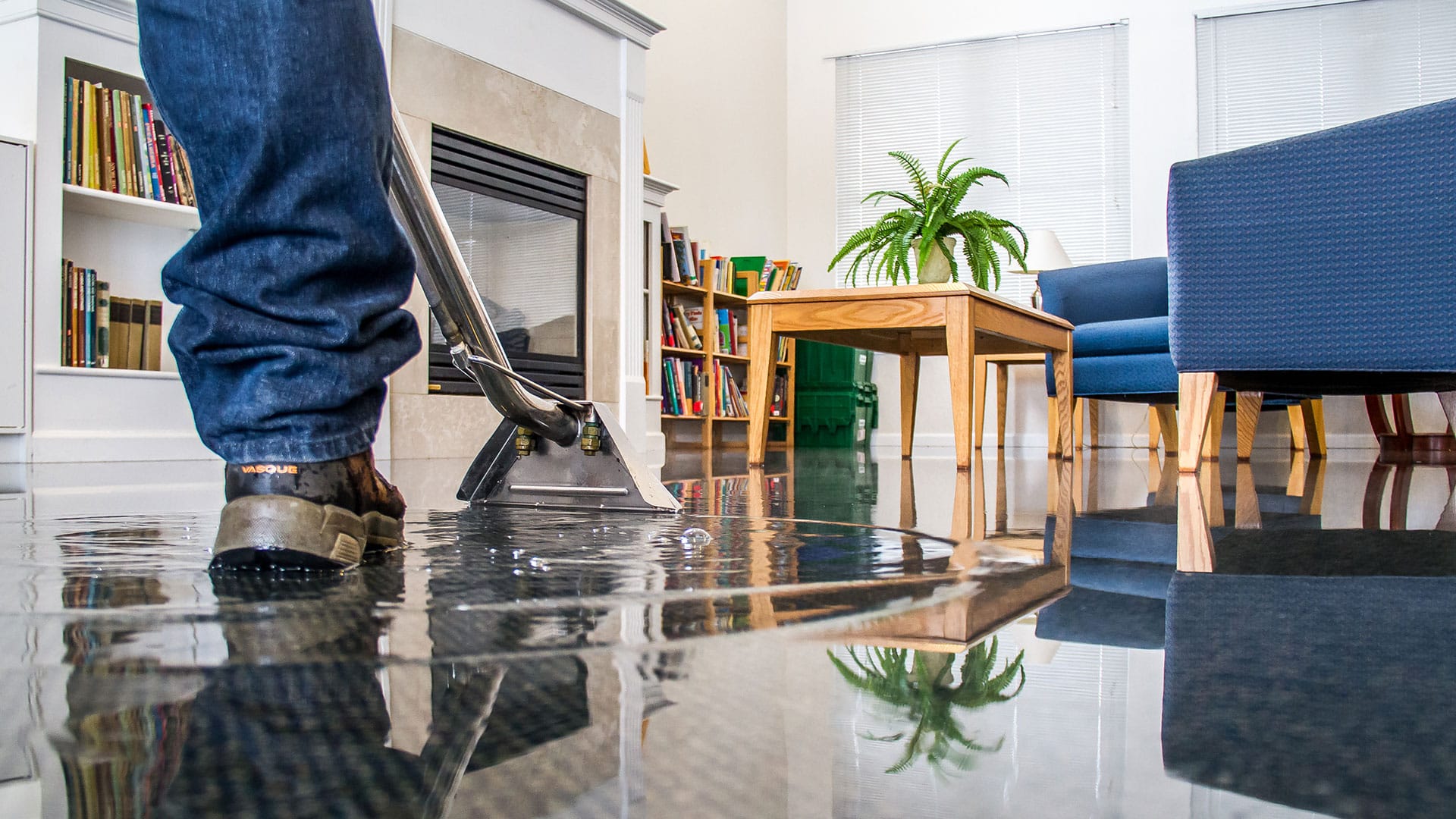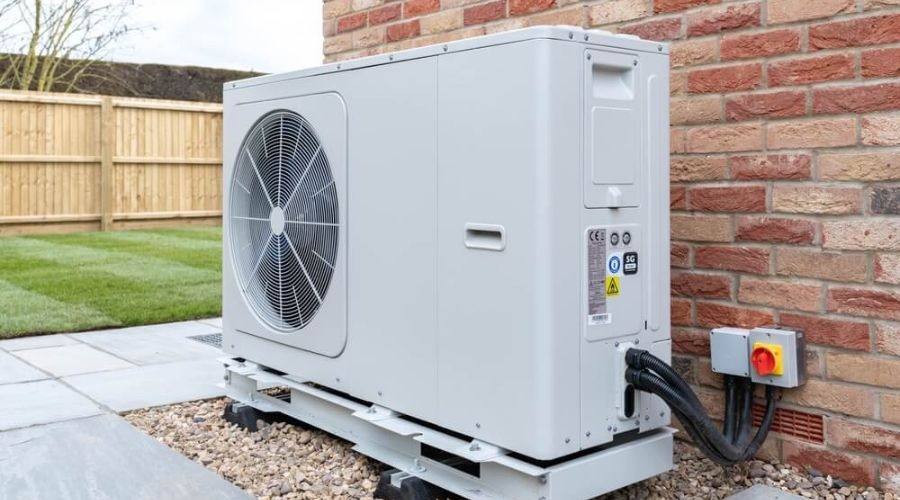In households across Singapore where every dollar matters, finding viable appliance solutions often means navigating impossible choices between immediate needs and long-term sustainability. When a washing machine breaks down, a refrigerator stops cooling, or an air conditioning unit fails during the hottest months, families confront decisions that reveal deeper truths about economic precarity and the hidden costs of modern living. These moments expose the fragile infrastructure upon which daily life depends for those without financial cushions to absorb unexpected shocks.
The Appliance Trap
Walk through any Housing Development Board estate and you will find families wrestling with malfunctioning appliances they can neither afford to repair properly nor replace entirely. A washing machine that requires manual intervention mid-cycle. A refrigerator that cools inconsistently, forcing constant vigilance over food safety. An air conditioner that struggles through Singapore’s heat, driving electricity bills upward whilst providing inadequate comfort. These situations persist not from laziness but from the mathematics of constrained budgets where proper appliance solutions remain perpetually just beyond reach.
The cost of household appliances in Singapore has risen alongside everything else, yet wages for many workers have stagnated. A decent refrigerator costs between 800 and 1,500 dollars. A reliable washing machine requires similar investment. For families earning modest incomes, accumulating such sums whilst managing rent, utilities, food, and children’s needs proves difficult or impossible. When appliances fail, these families face expensive repairs that might prove temporary or replacement costs they cannot manage.
When Repair Becomes Impossible
The appliance repair industry in Singapore offers solutions across a wide price spectrum, yet quality correlates imperfectly with cost. Families seeking affordable options often encounter technicians who provide temporary fixes rather than lasting repairs, use substandard replacement parts, or charge for unnecessary work. The absence of transparent pricing leaves consumers vulnerable, particularly those lacking technical knowledge to evaluate recommendations critically.
Common appliance problems requiring solutions include:
- Washing machines with drum bearing failures causing excessive noise
- Refrigerators with compressor issues leading to inadequate cooling
- Air conditioners with refrigerant leaks reducing efficiency
- Ovens with faulty heating elements affecting cooking performance
- Water heaters with thermostat malfunctions creating safety risks
- Dishwashers with pump failures preventing proper drainage
A factory worker supporting three children described his experience seeking appliance solutions: “My washing machine broke, and the first repairman said it needed a new motor for 300 dollars. I could not afford that, so I called another technician. He fixed it for 80 dollars, but it broke again after two weeks. I ended up spending 200 dollars on repairs before finally buying a used machine. I wasted money I did not have.”
The Replacement Dilemma
Even when families recognize that replacement offers better long-term value than repeated repairs, accessing this solution requires resources they lack. Banks offer personal loans, but interest rates make borrowing expensive. Credit cards trap users in debt cycles when balances cannot be paid quickly. Instalment plans help but still require upfront deposits and commit families to monthly payments that strain already tight budgets.
The second-hand appliance market provides alternatives, yet these carry their own risks. Used appliances may fail sooner than new ones. Sellers rarely offer warranties. Determining whether a used appliance represents genuine value or impending breakdown requires expertise most buyers lack. Still, for families needing immediate appliance solution without means to purchase new items, the second-hand market becomes necessary despite its uncertainties.
Maintenance Nobody Teaches
Many appliance failures could be prevented through proper maintenance, yet this knowledge rarely reaches those who need it most. Cleaning refrigerator coils, checking washing machine hoses, servicing air conditioning filters, and other simple practices extend appliance life significantly. However, these tasks require time families may not have and knowledge nobody systematically provides.
Essential maintenance for common household appliances:
- Regular filter cleaning for air conditioners and washing machines
- Periodic inspection of door seals and gaskets
- Proper load management to avoid strain on motors
- Prompt attention to unusual sounds or performance changes
- Annual professional servicing for major appliances
- Following manufacturer guidelines for usage and care
A domestic helper who has worked in Singapore for twelve years observed: “In houses where people have money, they call for service regularly. The appliances last many years. In houses where money is tight, nobody calls until something breaks completely. Then the repair costs much more, or the appliance cannot be fixed at all.”
The Dignity of Working Appliances
There exists something fundamental about functioning household appliances that transcends convenience. They enable people to maintain basic standards of living, to present themselves appropriately for work, to feed their families safely, to rest in reasonable comfort. When appliances fail and adequate solutions remain inaccessible, these foundations erode. A family without a working washing machine may resort to exhausting hand-washing after long employment hours. A household with a failing refrigerator cannot buy groceries in economical bulk quantities.
The struggle to maintain working appliances reveals broader patterns of inequality. Those with resources replace appliances before they fail, maintaining efficiency and avoiding emergency expenses. Those without resources patch together temporary solutions, spending more over time whilst enduring inferior function. The appliance solutions available to each group differ fundamentally because of different means.
Towards Better Systems
Addressing these challenges requires recognition that appliance access represents more than consumer choice. It involves questions of economic justice, consumer protection, and social support. Transparent pricing standards, technician certification programmes, community repair workshops, and accessible financing options could help. Yet such initiatives require collective will to prioritize the needs of families struggling at Singapore’s economic margins.
For now, families continue managing as they can. They research options online, seek recommendations from neighbours, negotiate with technicians, and make difficult calculations about spending money they do not have. They exhibit remarkable resourcefulness in circumstances that should not require such constant improvisation. Their struggle for basic, functional household infrastructure deserves better recognition and more comprehensive appliance solutions.














Comments